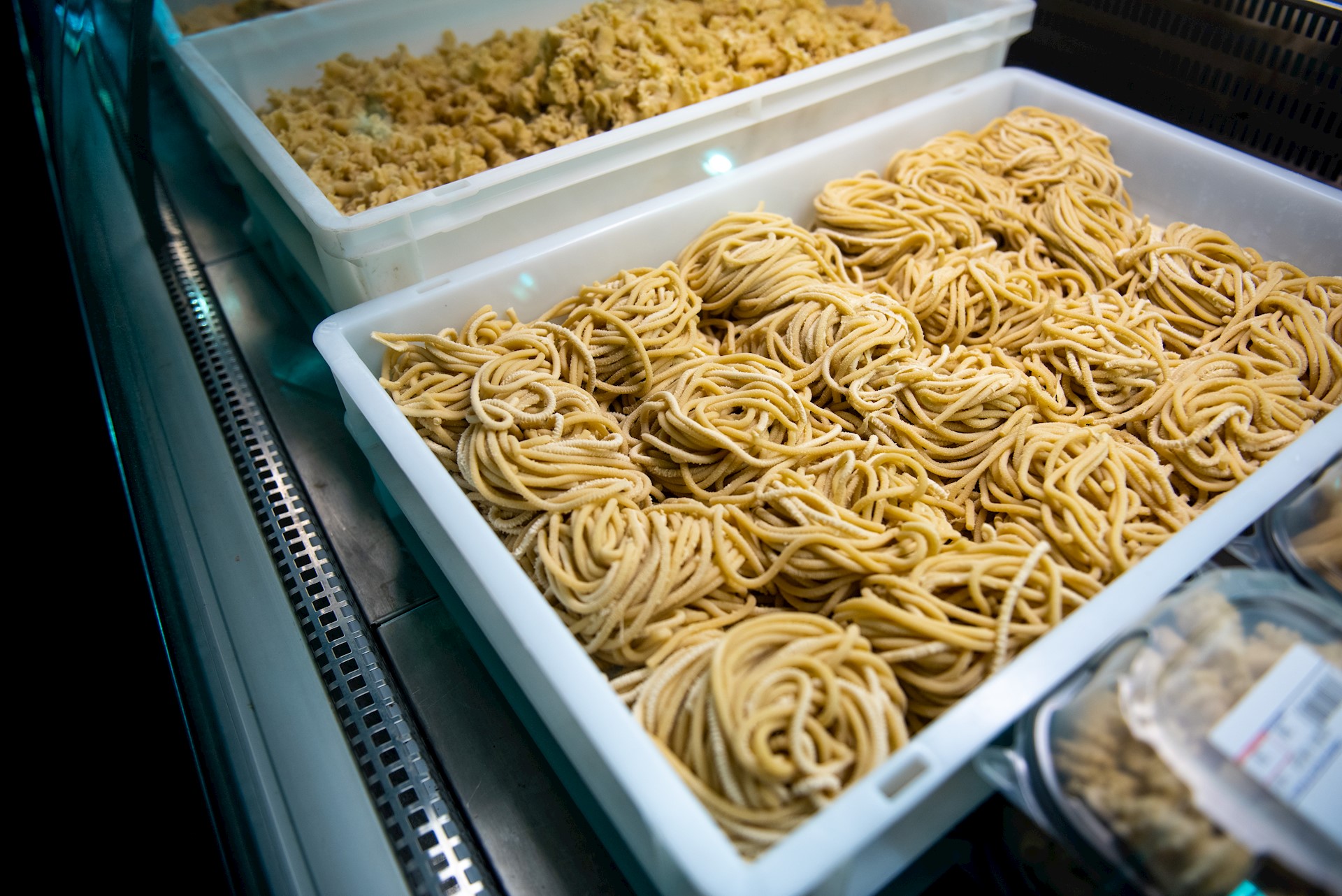
Throughout the Camana Bay Town Centre, there is no shortage of thoughtful and proper placement of plant material, and this is part of the beauty of such a vibrant and varied mixed-use space. In some instances, folks may be dropping their clothes for dry cleaning, meeting a colleague for an alfresco lunch or excitedly rushing to the cinema to get a great seat for the latest movie premiere. If for the latter, it wouldn’t be surprising that Madagascar jasmine, or Marsdenia floribunda, could fly under the radar.
Its exquisite fragrance would, however, likely catch one’s attention when exiting the cinema while discussing the plot twists of a great film. Strategically placed on the columns outside the cinema at head height, if the redolence doesn’t catch your proboscis, the smashing white flowers will certainly catch your eye.
As is suggested by the name, Madagascar jasmine is native to the island of Madagascar — famed for its abundance of flora and fauna, most of which is endemic. As one of the few places on earth listed as “megadiverse,” it is believed to have earned this designation due to the lack of human presence up until only a few thousand years ago. Geographically located a few hundred miles east of Africa's southeastern coast, Madagascar’s unique biodiversity ranges from lemurs and colourful chameleons to orchids and a plethora of bird species.
Marsdenia floribunda is a ravishing woody liana, or climbing vine, with rugged evergreen oval-shaped leaves shiny in appearance and waxy to the touch. Its chunky white flowers are waxy to match, and contrast remarkably well with the leaves and dark brown stems. Borne in clusters — or axillary cymes of three to six flowers — each individual flower has five flaring lobes, giving it a star-like appearance. The scent is intoxicating, and although reminiscent of jasmine, it is part of the Apocynaceae, or dogbane, family.
Since Madagascar jasmine is native to a subtropical climate, its cultural needs are easily met to thrive in our climate. A semi-rich, humusy and well-draining soil will provide adequate nutrients; and consistent water is preferred to enhance flowering. Performing well in full sun to part shade, it can reach heights of 20 feet and spread 6 feet horizontally with an adequate support system for climbing, flowering mostly in the summer months in Cayman.
Because it blooms on new growth, it is important to recognise that frequent pruning will result in reduced flowering, but it does make an excellent cut flower if you are willing to sacrifice a few clusters here and there. Given that the specific epithet floribunda translates to producing abundant flowers, this should not be an issue. The genus Marsdenia pays tribute to the Irish plant collector and Secretary of the Admiralty, William Marsden. Medicinal uses have not been extensively studied, but it is used frequently in aromatherapy and can also be used as a prerequisite to restful slumber.
This article was originally published in the September/October2024 print edition of Camana Bay Times.


